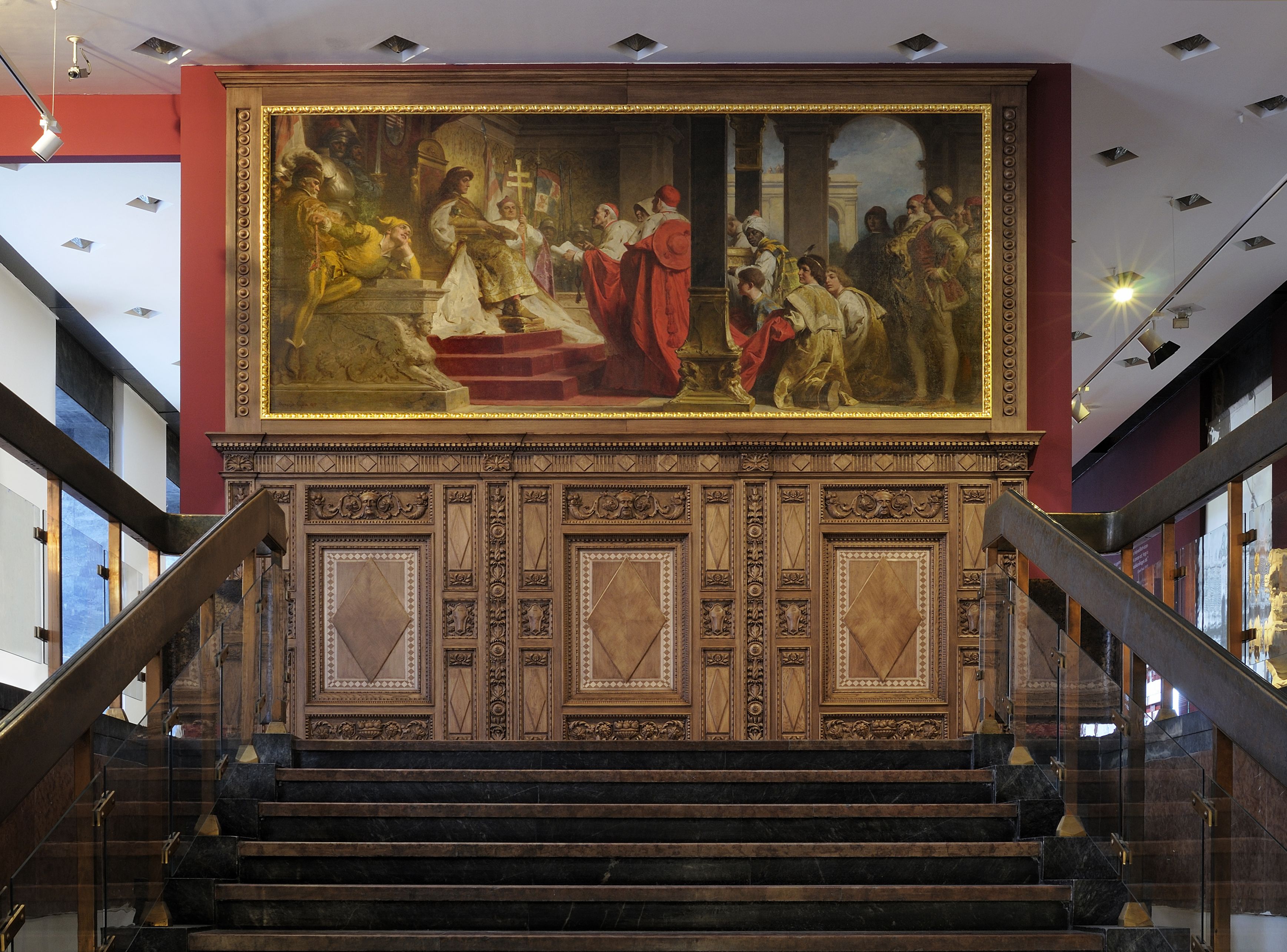Invariably
it’s only a new exhibition at the Hungarian National Gallery or a
romantic rendezvous that draws you up to Buda Castle, or the Castle
District in general, yet the area around the former palace is still
more crowded with tourists than anywhere else in Budapest.
Now,
along with a couple of recent courtyard renovations, there’s
another reason to traipse over the cobblestones: the
Castle Museum, whose permanent exhibition has just been
reconfigured as the Royal Palace – Castle
of Culture.
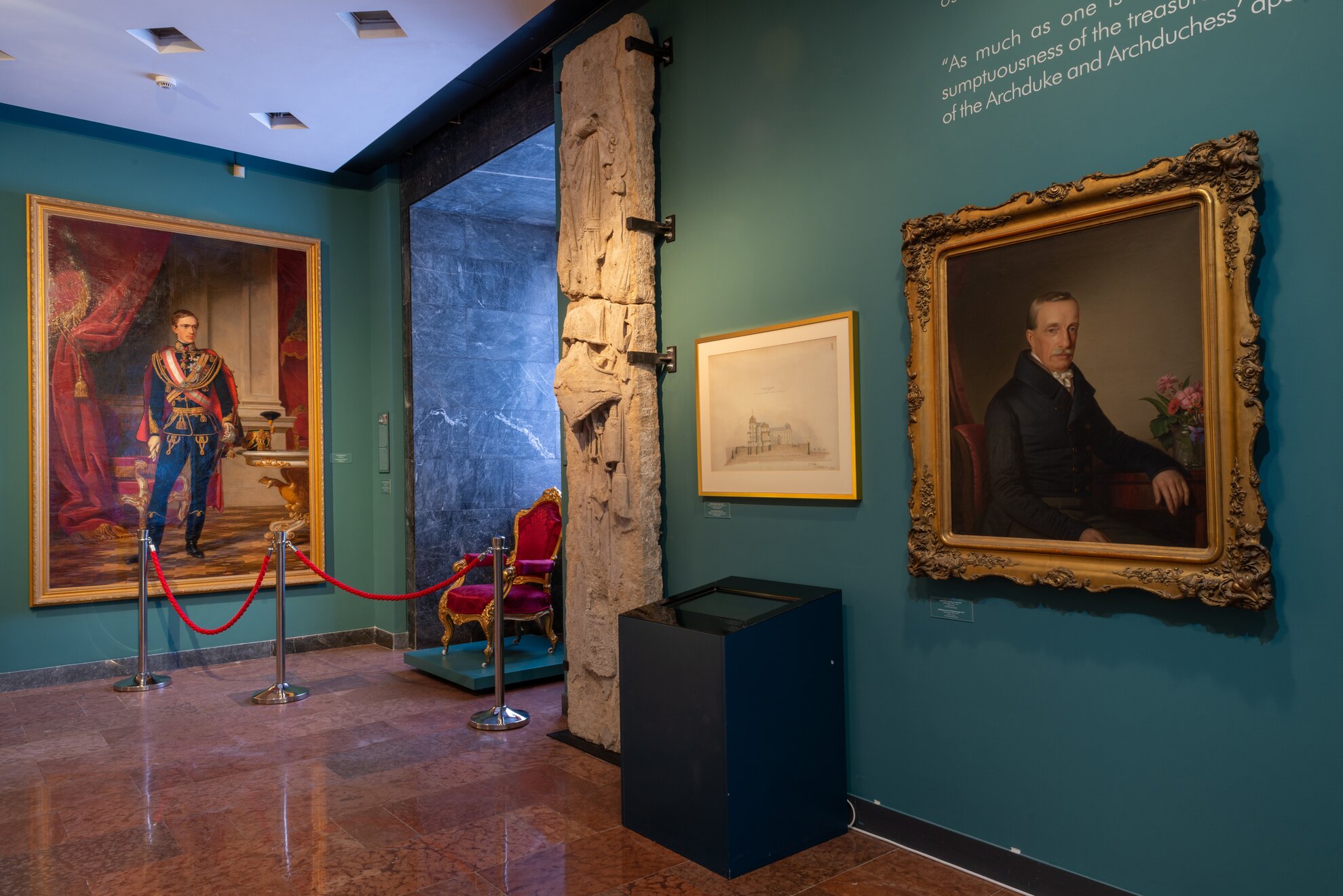
While the main attractions here date back several centuries, the first surprise is the red marble floor and unadorned suspended ceiling, hangovers from the post-war Socialist era, when the palace was rebuilt from ruins as a museum.
The exhibition itself tells the history of Buda Castle from the Middle Ages to the 1960s. The section on modern history has only recently reopened, as it had been temporarily closed due to the restoration of the south connecting wing, and is now enriched with new objects such as gilded fireplace clocks and the only original tiling in the fireplace of St Stephen’s Hall.
The story begins on the ground floor with the Recapture of Buda in 1686 and follows the development of the building until the 1860s. The first floor continues with the major transformation of the palace under star architect Alajos Hauszmann in the 1890s, which has inspired the current long-term renovations.
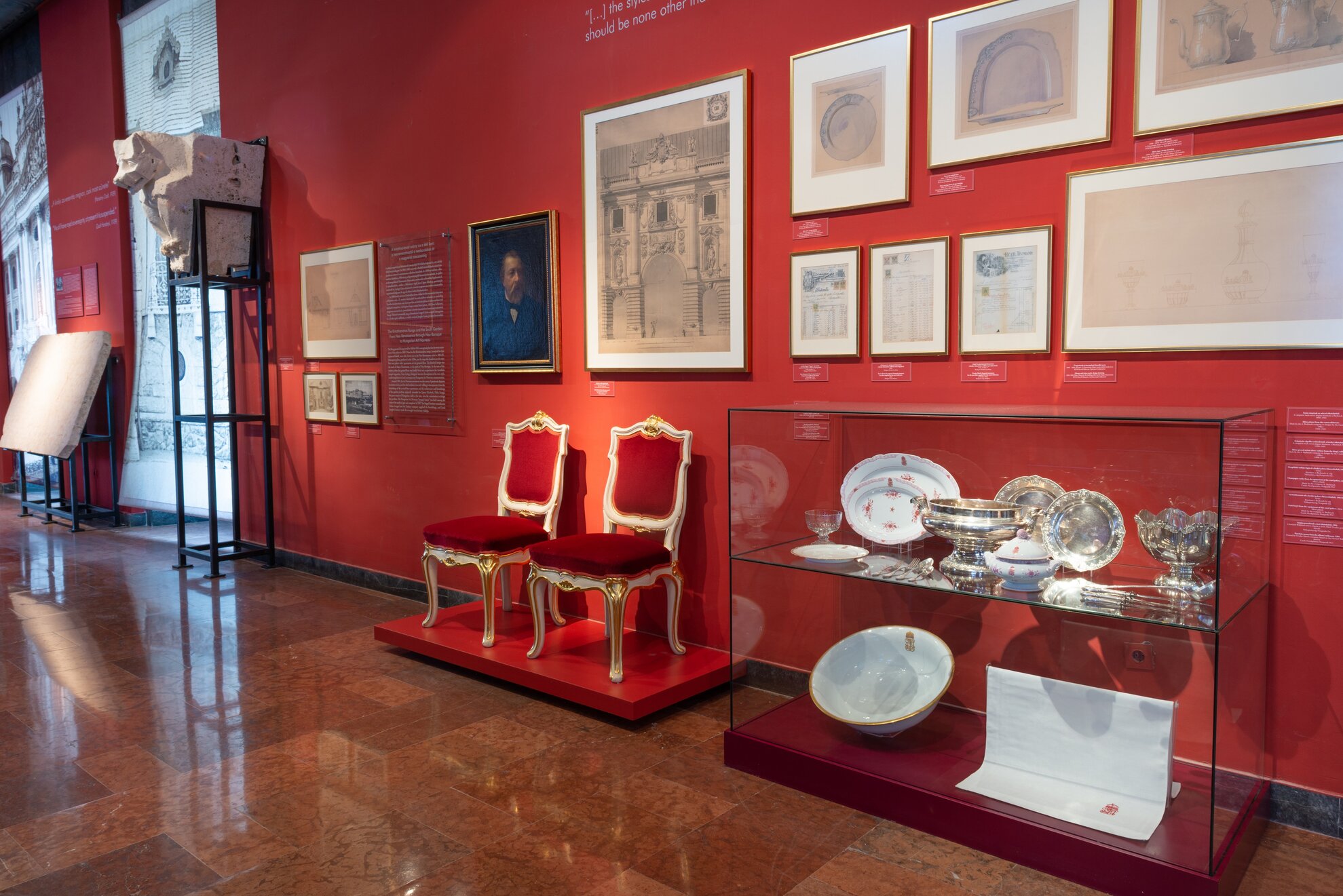
History on view
While Buda Palace cannot be compared to Versailles, the ornate decorations and furnishings of centuries past can be seen in archive photographs or in a reconstructed forms.
While many Hungarians think of the House of Árpád as their historic bedrock, the concrete formation of a kingdom can be attributed to the 13th and 14th centuries and the Anjou dynasty, who first started building palaces in Visegrád and then in Buda. It was Zsigmond of Luxembourg who set up the royal seat in Buda, before its golden age under Mátyás and Ulászló II.
During the Turkish occupation from the mid-1500s, Buda Castle became the provincial centre. The subsequent siege of 1686 to retake it became an important turning point. Heavily dilapidated buildings had been demolished under Turkish rule and a new Baroque style was established at the palace as it was reconstructed.
Despite the fact that she was also queen of Hungary, Habsburg empress Maria Theresa did not want to use the palace as a royal residence, but giving in to Hungarian wishes, she expanded the Baroque centre of the building and created the ornamental and throne room. Incidentally, this when they built the double dome, fashionable in Hungarian palace architecture.
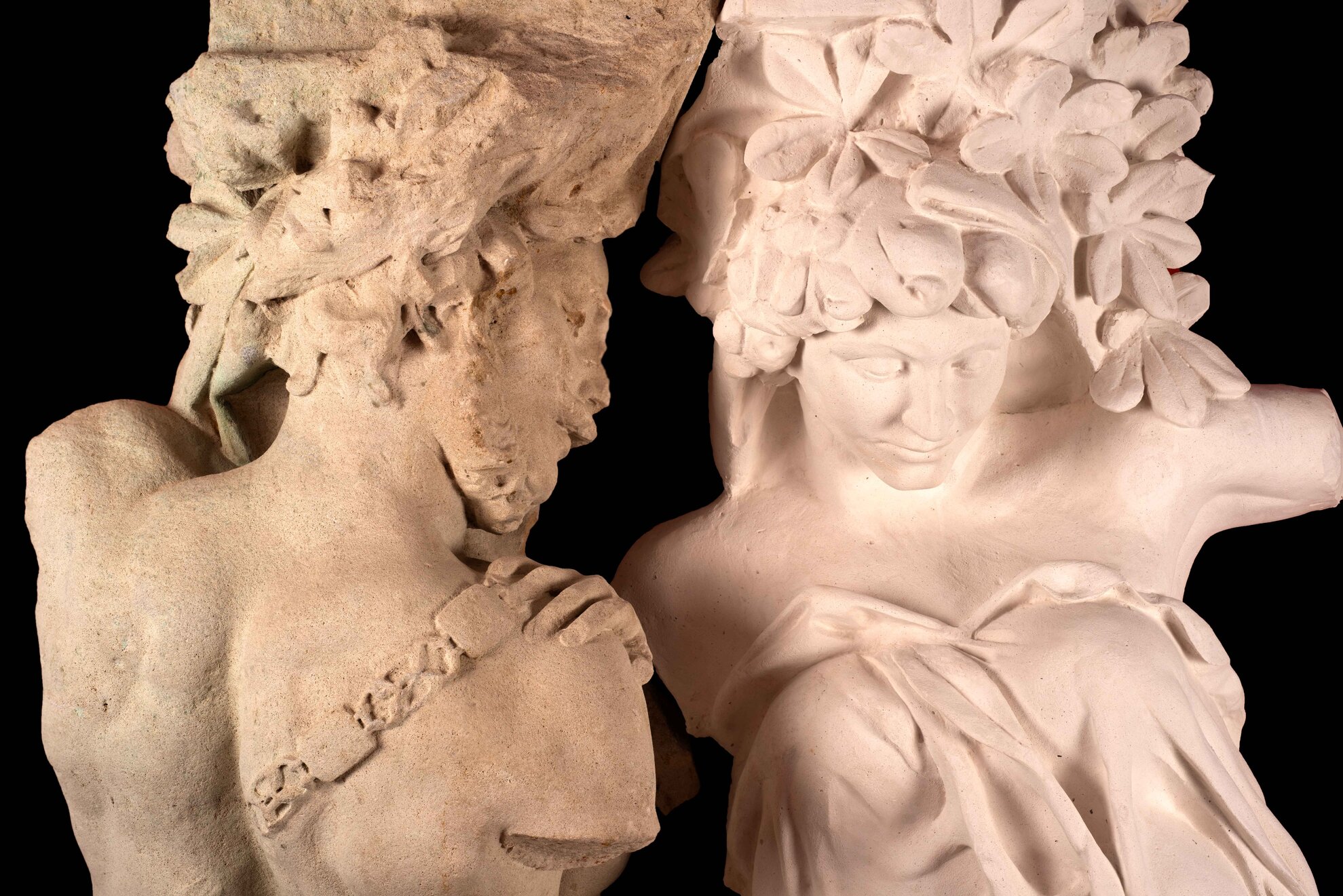
During the time of Archduke Joseph, Palatine of Hungary, in the early 1800s, it once again functioned as a royal residence. Bringing his teenage wife, the Grand Duchess Alexandra Pavlovna, here, he organised lively court activities. Beethoven performed for the young couple here in 1800 but within a year, Alexandra Pavlovna had died in childbirth.
A display case here shows a set of porcelain from these gay dinners, preserving their memory. On one of the walls in the ground floor space, the crimson silk-and-pineapple fabric illustrates the material with which the small throne room was decorated at the time of Franz Joseph. Tactile visitors can also feel the fabric samples in a pull-out drawer.
Going upstairs takes you to the time after the coronation of Franz Joseph in 1867 as Hungarian king, when Buda Palace was transformed into a genuine royal residence. As the emperor’s entourage of hundreds of minions that could not fit into the original building, it had to be re-expanded and remodelled.
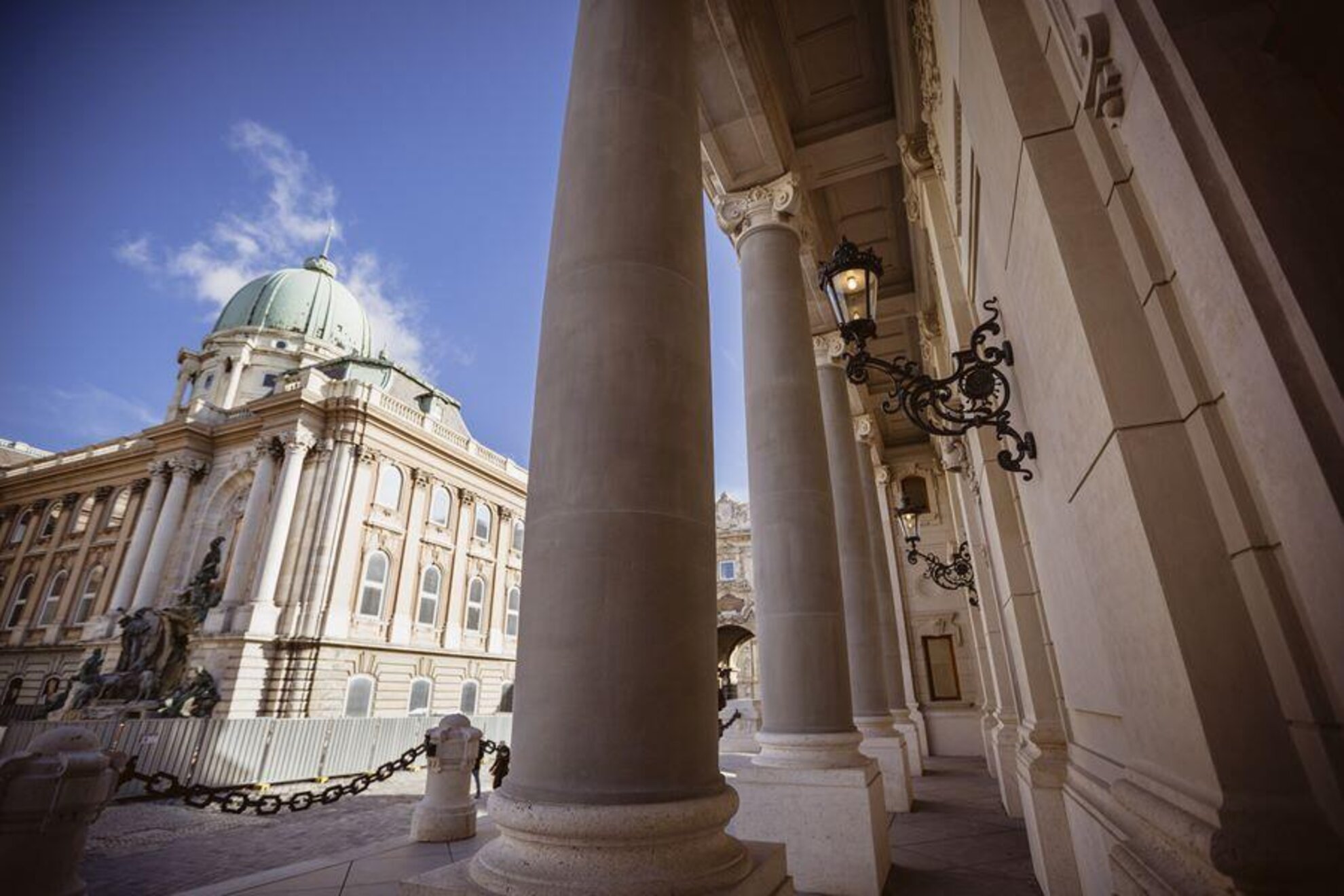
One of the greatest architects of the day, Miklós Ybl of Opera House fame, was duly commissioned, but with his death in 1891, Alajos Hauszmann took over the reconstruction project. He also collated the thousands of ornaments gifted on many Habsburg royal visits. Sadly, relatively few remain today, destroyed or dispersed during World War II. Surviving tableware, vases and fireplace clocks enrich the exhibition.
In the post-war years, there were many plans for how to rebuild, remodel and fulfil the function of the palace, the incoming Communists keen on royal heritage. The exhibition presents the blueprints, engravings and visual designs from this period, on which the building would have been rebuilt in Socialist style. Thankfully, the dictator Mátyás Rákosi preferred the Hauszmann version.
After the 1956 Uprising, however, there was a demand that the palace should not be a Party centre or a symbol of power, but a kind of cultural forum. Under long-term Socialist leader János Kádár, therefore, it developed along these lines, while completely losing its pre-war palatial character.
Venue information
Castle Museum
1014 Budapest, Szent György tér 2, Buda Castle Building E
Facebook
Open: Tue-Sun 10am-6pm
